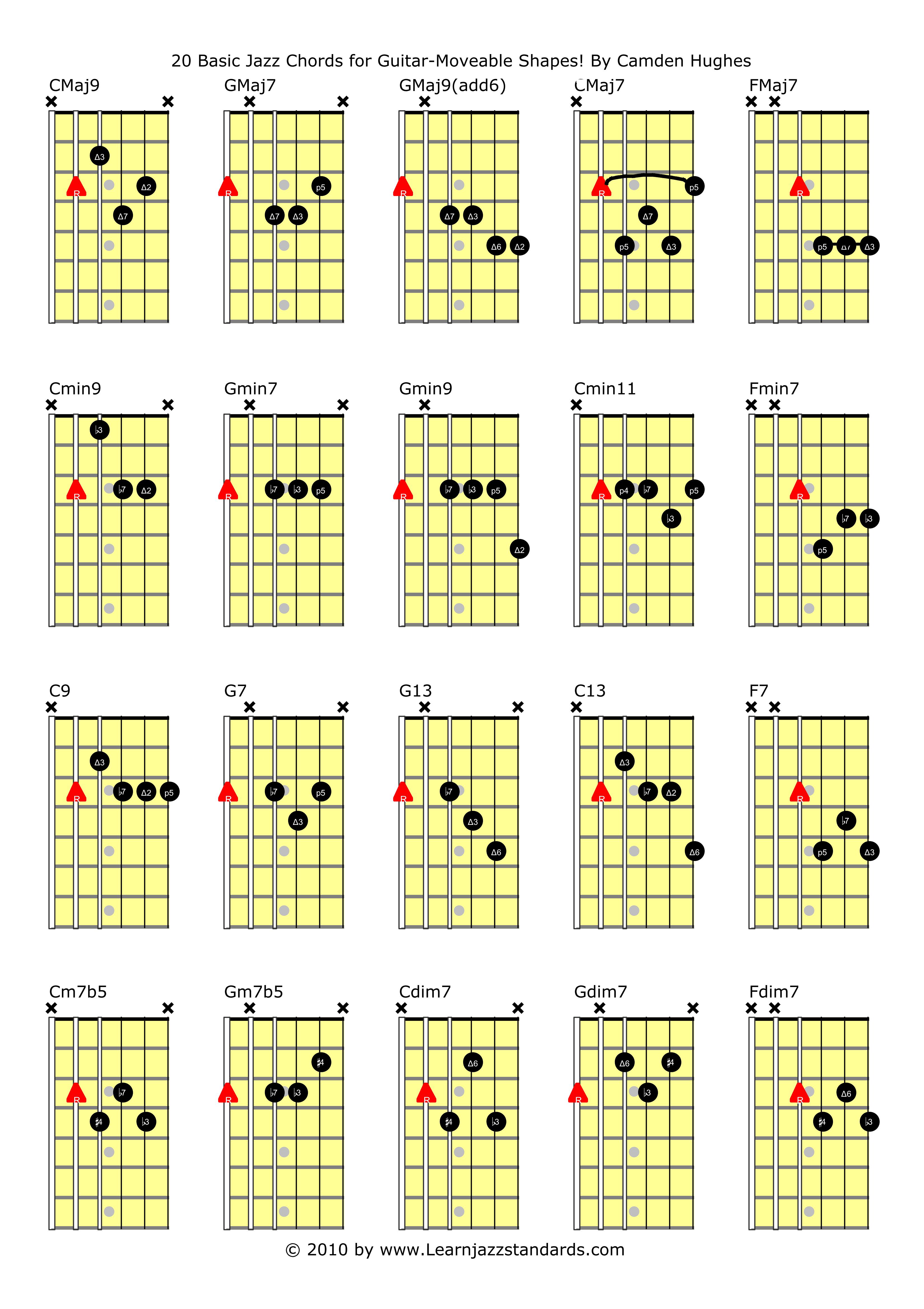

The vast majority of piano players hit a wall with practicing and never progress past a certain point. We’ll cover essential major chords, dominant chords, minor chords, the diminished chord, and essential extensions so you’ll be able to sit in with other jazz musicians at the next jam session:īefore getting started, I have a question for you.Īre you feeling stuck on your jazz piano journey? Do you take lesson after lesson but can’t seem to make forward progress? Like many jazz musicians, you probably know about the importance of practicing, but did you know that practicing is a skill that requires…well, a bit of practice?

By learning these 15 jazz piano chords (in every key), you can play through any jazz standards you come across.

The piano chords we’ll cover are found across so many common jazz chord progressions. In this post, we will explore 15 basic, root position jazz piano chords you can incorporate into your piano playing-whether you are new to jazz piano playing or have been trying to improve your jazz chops for a while. It can look a little intimidating to an outsider looking in, but anyone with a basic knowledge of chord structures is not too far off! Unlike many other forms of music, it’s full of intricate chord progressions and full-bodied chords. In this example, the V is changed with the b13 (Eb) which transforms into the major third of Cmaj7 (E).One of jazz music’s most prominent characteristics is its rich harmony. However, the V chord will undergo a few changes. There is no change for the minor (II) and the major (I) chords. This will create tension, and an imbalance of the V7 chord which should resolve to the I chord to release this tension. It means that we will add altered notes not present in the original scale (the major scale). The next step is looking into another important jazz chord progression – the V7 as an altered chord (Valt or V7alt). Although, only playing notes can be boring in the long run.

It’s a smooth introduction to jazz comping. Jazz Chord Progressions The V Chord of a ii-V-IĪs seen above, the II-V-I progression is very easy to play. Summertime (A-7, D7) Sometimes the II -V doesn’t resolve to the I.Examples of Jazz Standards That Use II-V-I Progressions


 0 kommentar(er)
0 kommentar(er)
